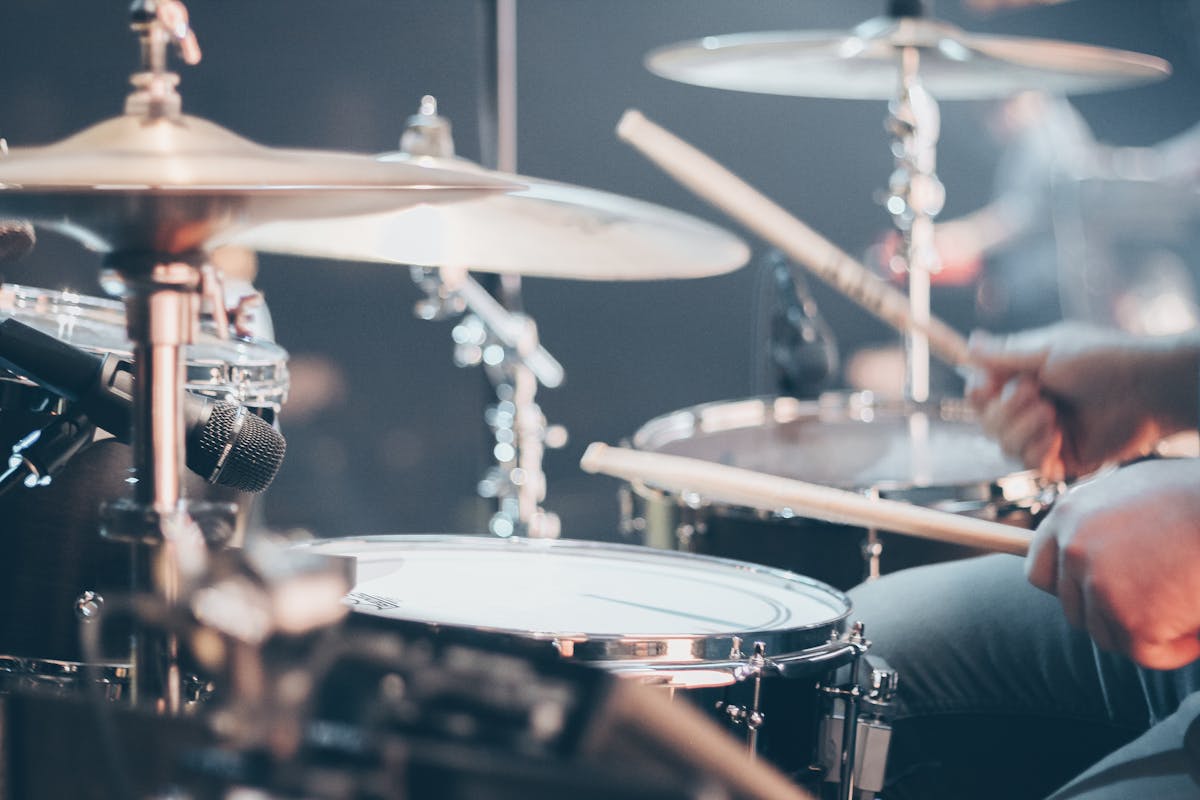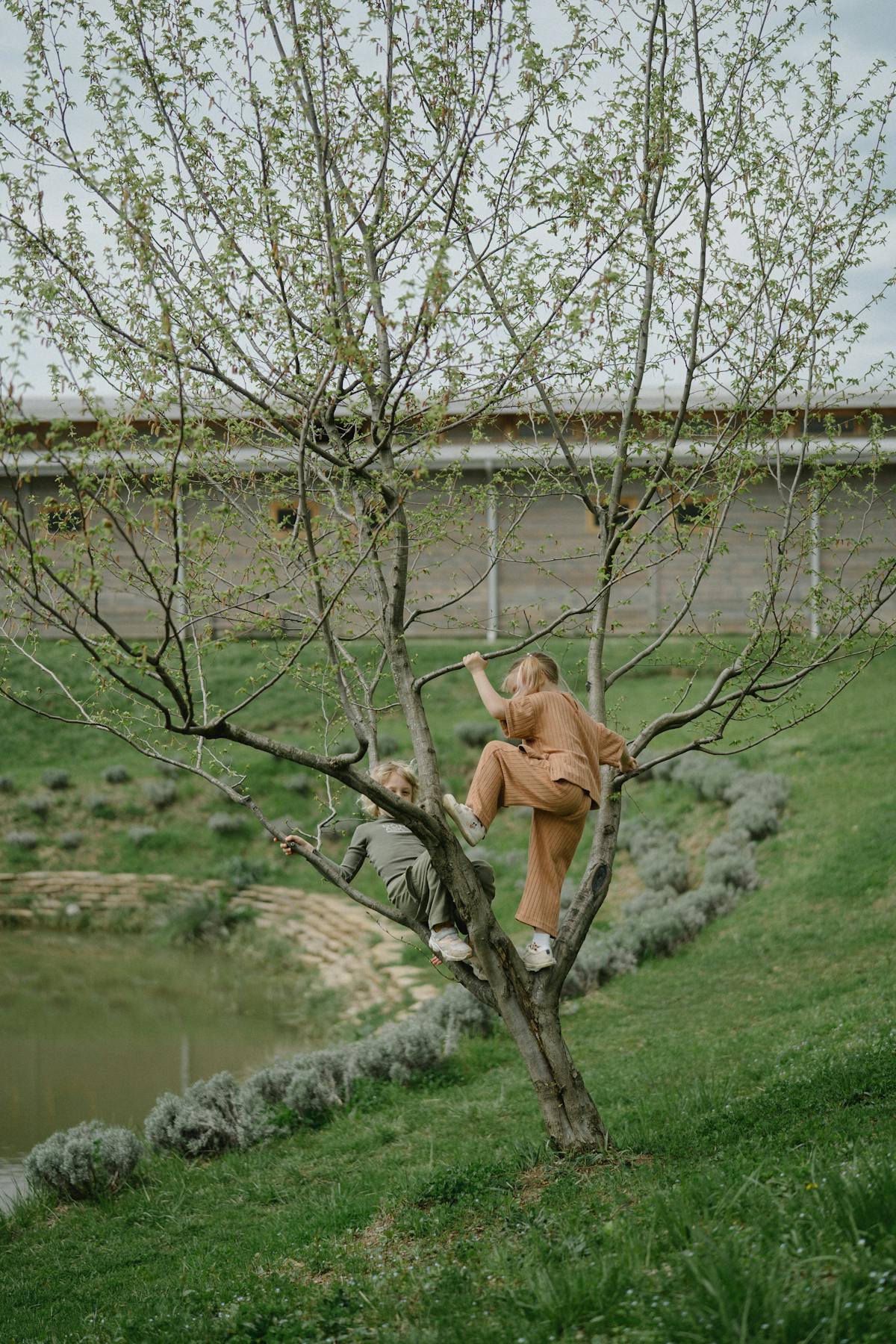Nostalgia-Driven 2000s and Early-2010s Pop Culture Revival: An In-Depth Trend Review
A strong nostalgia wave centered on the 2000s and early‑2010s is dominating TikTok, Instagram Reels, and music platforms. Y2K and mid‑2000s fashion, remixed pop and R&B hits, early‑internet memes, and curated “throwback” playlists are converging into a coherent cultural revival. This review examines how the trend works, why it resonates with Gen Z and millennials, and what it means for music, fashion, and platform algorithms.
Rather than a brief fad, the 2000s nostalgia trend operates as a multi‑platform ecosystem: legacy tracks re‑enter charts, second‑hand fashion markets surge, and brands replicate MySpace‑era aesthetics. At the same time, creators apply a more critical lens to the era’s media, balancing affection with social awareness. Overall, the revival is reshaping discovery feeds, influencing what gets streamed, worn, and shared in 2025.
Visual Overview: Y2K & Early‑2010s Aesthetics in 2025

The revival is highly visual: grainy flash photography, wired earbuds, flip phones, logo‑heavy outfits, and early social media interface mock‑ups are common motifs. These images help younger users “time‑travel” into an era they did not necessarily experience firsthand.

Trend Specifications and Core Characteristics
While this is a cultural trend rather than a physical product, it can be described through consistent “specifications” observed across platforms and audiences.
| Attribute | Description |
|---|---|
| Primary Era Focus | Approx. 2000–2013 (Y2K, mid‑2000s, “blog era,” early streaming period) |
| Dominant Platforms (2025) | TikTok, Instagram Reels, YouTube Shorts, Spotify, Apple Music, YouTube commentary channels |
| Key Content Types | Throwback playlists, remix audios, outfit recreations, meme retrospectives, reaction videos, reboot discussions |
| Core Aesthetic Markers | Low‑rise jeans, cargo pants, chunky highlights, frosted makeup, early social‑media UIs, pixel fonts, glitter graphics |
| Primary Demographics | Older Gen Z and millennials; younger Gen Z discovering the era via remixes and memes |
| Drivers | Cultural nostalgia cycle (15–20 years), algorithmic amplification, desire for “simpler” pre‑always‑on internet memories |
Music Dimension: Remixes, Chart Re-Entries, and Playlist Culture
Music is the backbone of the 2000s nostalgia revival. Legacy tracks become templates for new edits, while curated playlists emulate the feel of burned CDs and early iPod libraries.

Key Music Behaviors
- Remixed hooks on TikTok and Reels: 2000s pop, boy bands, pop‑punk, and early EDM choruses are sped up, slowed, or layered with trap drums for use in glow‑up edits and storytime videos.
- Editorial and user playlists: Playlists titled “Throwback 2000s,” “Pop Punk Power,” and “Blog Era Bangers” help users to queue mood‑specific nostalgia without manual curation.
- Chart afterlife: Older songs re‑enter streaming charts when a sound goes viral, extending the commercial lifespan of catalog music.
In practice, a single viral audio clip can transform a dormant 2000s track into a contemporary hit with new demographics discovering it entirely through short‑form video.
For labels and independent artists, this environment rewards owning or creatively repurposing back catalog material. For listeners, it blurs the line between “old” and “new,” as playlists move freely between 2006 and 2025 releases.
Fashion & Beauty: Y2K Wardrobes and 2010 Teen-Movie Aesthetics
The fashion side of the 2000s revival manifests in outfit recreations, thrift hauls, and highly referential styling that mimics red‑carpet photos and teen dramas from the era.

Characteristic Style Elements
- Low‑rise jeans, cargo pants, and wide belts.
- Chunky highlights, side bangs, and glossy or frosted lips.
- Baby tees, tube tops, shrugs, and logo‑heavy accessories.
- Metallic bags, rhinestones, and visible wired headphones as deliberate styling choices.
Influencers often label videos as “2008 school outfit” or “What I’d wear in a 2010 teen movie,” using year‑specific cues to signal authenticity. Thrift stores and second‑hand platforms provide both genuine vintage items and later reproductions, creating a sustainable sourcing channel aligned with current concerns about fast fashion.

Early Internet Culture: Memes, Platforms, and “Simpler Times”
Beyond music and fashion, the nostalgia revival heavily references early‑internet experiences: school computer labs, messaging apps, and first‑generation social networks.

Common Internet Nostalgia Themes
- Early social networks: Visual callbacks to MySpace profiles, pixelated backgrounds, glitter graphics, and top‑friends lists.
- Chat and messenger culture: MSN‑style usernames, status messages, and away icons revisited as aesthetic and emotional symbols.
- Console and casual gaming: Memes centered on handheld consoles, early mobile games, and browser game portals.
Creators on YouTube and X (Twitter) host long‑form commentary dissecting old teen dramas, music videos, and viral moments. These analyses often acknowledge outdated tropes or problematic themes while retaining an overall affectionate tone. The result is a form of “critical nostalgia” that both celebrates and contextualizes the past.
Value Proposition: Why 2000s Nostalgia Resonates in 2025
The appeal of the 2000s and early‑2010s revival is partly cyclical: pop culture commonly revisits styles from roughly two decades prior. Yet several contemporary factors amplify this particular wave.
Core Drivers
- Perceived pre‑algorithm simplicity: The era predates today’s always‑on social media environment, evoking memories of less curated online selves and slower communication.
- Emotional continuity for millennials and older Gen Z: The trend validates formative experiences—first phones, early playlists, high‑school dramas—by turning them into shared reference points.
- Discovery appeal for younger Gen Z: For users who were children or not yet born in the 2000s, the aesthetic feels both retro and fresh, providing a stylized world to explore.
Comparison with Other Nostalgia Waves
Compared with earlier revivals (such as 80s synthwave or 90s streetwear), the 2000s–early‑2010s wave is more tightly integrated with platform algorithms and short‑form video formats.
| Aspect | 80s/90s Nostalgia | 2000s/Early‑2010s Nostalgia |
|---|---|---|
| Primary Media Form | Film reboots, TV homages, synthwave music | Short‑form videos, playlists, meme edits, fashion hauls |
| Platform Dependence | Moderate; driven by TV/film and streaming series | High; driven by TikTok, Reels, and algorithmic feeds |
| Visual Markers | Neon, analog tape, arcade aesthetics, 90s sportswear | Flip phones, glitter graphics, low‑rise jeans, early social‑media UIs |
| Commercial Integration | Soundtracks, limited fashion drops, themed series | Creator collaborations, branded audio, nostalgic packaging and filters |
Real-World Testing: How the Trend Performs in Practice
To understand the practical impact of the 2000s nostalgia revival, analysts and creators typically track engagement metrics across a mix of throwback‑aligned and neutral content.
Example Testing Methodology
- A/B content testing: Publishing similar videos, with one set using 2000s audio and aesthetics and another using contemporary references, then comparing watch time and share rate.
- Playlist performance: Monitoring follow growth, skip rates, and listening time on nostalgia‑focused playlists versus genre‑only playlists.
- Fashion haul analytics: Comparing click‑through and conversion for “Y2K haul” titles against generic “new in” titles on the same channel.
Across many creators and brands, 2000s‑themed posts often demonstrate higher initial reach and shareability, particularly when paired with well‑known audio hooks. However, long‑term performance still depends on originality, storytelling, and audience fit rather than nostalgia alone.

Limitations, Risks, and Ethical Considerations
Despite its popularity, the nostalgia wave comes with constraints and risks that creators and brands should acknowledge.
Key Limitations
- Context loss: Extracting clips from older shows or music videos can flatten important historical and social context, especially around representation and stereotypes.
- Over‑reliance on trend chasing: Accounts that depend entirely on nostalgia may struggle to maintain relevance if algorithmic preferences shift.
- Licensing complexity: Using 2000s tracks in commercial content or ads often triggers stricter rights management than platform‑native sounds.
Many successful commentary channels explicitly address problematic aspects of 2000s media—such as lacking diversity or harmful body‑image norms—while still allowing audiences to enjoy the fashion, sound, and aesthetics. This balanced approach tends to age better than uncritical nostalgia.
Practical Recommendations for Creators and Brands
For those considering how to work with the 2000s and early‑2010s revival, several evidence‑based strategies emerge from observing current platform behavior.
For Individual Creators
- Use recognizable 2000s audio hooks but pair them with your own narrative formats (storytime, commentary, tutorials) rather than copying existing trends.
- Mix nostalgia content with present‑day topics to avoid being locked into a single theme and to keep your channel adaptable.
- When referencing older shows or artists, provide minimal context or disclaimers where necessary to acknowledge changing social norms.
For Brands and Rights Holders
- Curate or sponsor official “throwback” playlists that include your catalog tracks, leveraging editorial placement on major streaming platforms.
- Consider limited‑edition packaging, capsule collections, or UI skins that riff on MySpace‑style layouts and early‑web iconography.
- Collaborate with creators who already specialize in nostalgic content; their audiences tend to respond strongly to well‑integrated sponsored segments.
Final Verdict and Outlook
The nostalgia‑driven revival of 2000s and early‑2010s pop culture is not merely a passing TikTok fad. It is a structurally reinforced trend fueled by platform algorithms, music catalog economics, second‑hand fashion ecosystems, and a widespread desire to revisit a less saturated online era.
In the near term, expect continued growth in:
- Remixed 2000s tracks on short‑form video platforms and streaming charts.
- Y2K‑inspired fashion content featuring thrifted and upcycled pieces.
- Long‑form commentary dissecting and re‑evaluating media from 2000–2013.
Over a longer horizon, the trend will likely evolve rather than vanish, folding into a broader “early digital era” aesthetic that spans late 90s to early 2010s references. Creators and brands that treat 2000s nostalgia as a flexible toolkit—rather than a rigid template—are best positioned to benefit without becoming dependent on a single wave of sentiment.
Further Reading and Reference Sources
For technical and industry‑level perspectives on catalog music, streaming, and trend dynamics, consult:
- Spotify Newsroom – Official updates on playlists, listening trends, and catalog performance.
- IFPI Resources – Data and reports on global recorded‑music consumption.
- TikTok for Developers – Technical documentation offering insight into sound usage and content integration.
- Instagram Blog – Official insights into Reels features and cultural trends.
